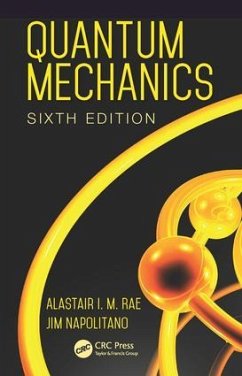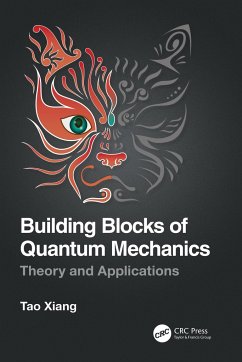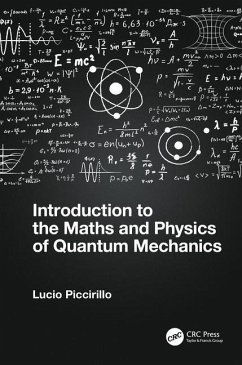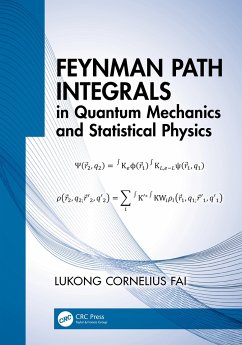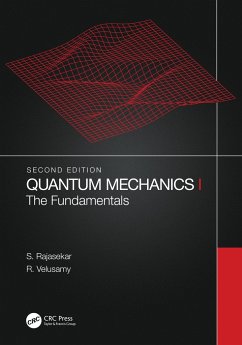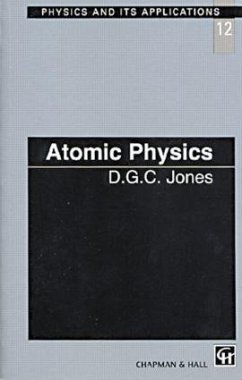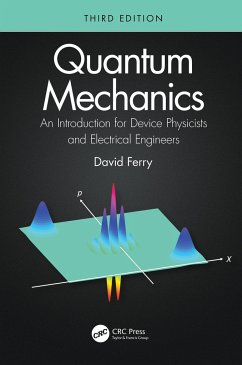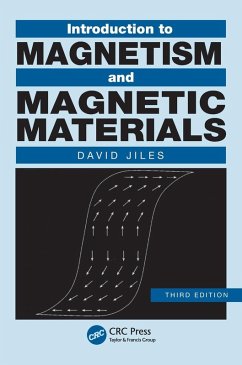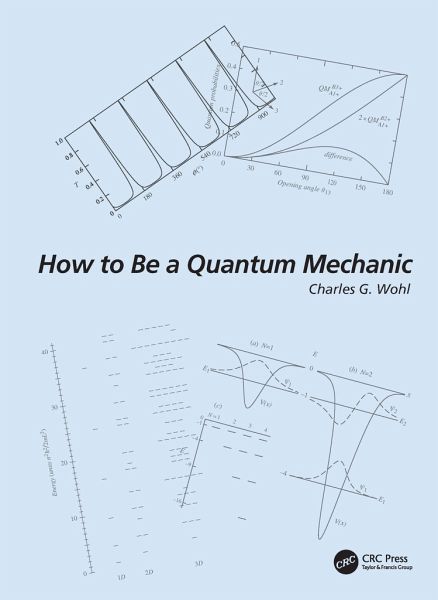
How to Be a Quantum Mechanic
Versandkostenfrei!
Versandfertig in 6-10 Tagen
51,99 €
inkl. MwSt.

PAYBACK Punkte
26 °P sammeln!
How to Be a Quantum Mechanic is an introduction to quantum mechanics at the upper-division level. It begins with wave-particle duality and ends with a brief introduction to the Dirac equation. Two attitudes went into its writing: Examples are the best way to get into a subject, and numbers and equations alone do not always sum to understanding. The author taught for 40 years at the University of California, Berkeley. He earned his Ph.D. at Berkeley, in experimental elementary-particle physics in the group led by Luis Alvarez.





